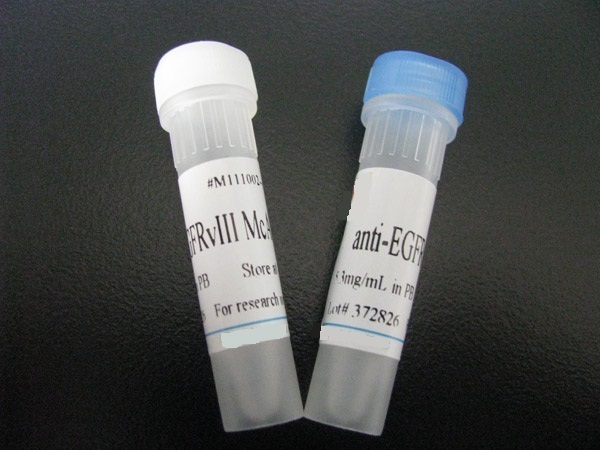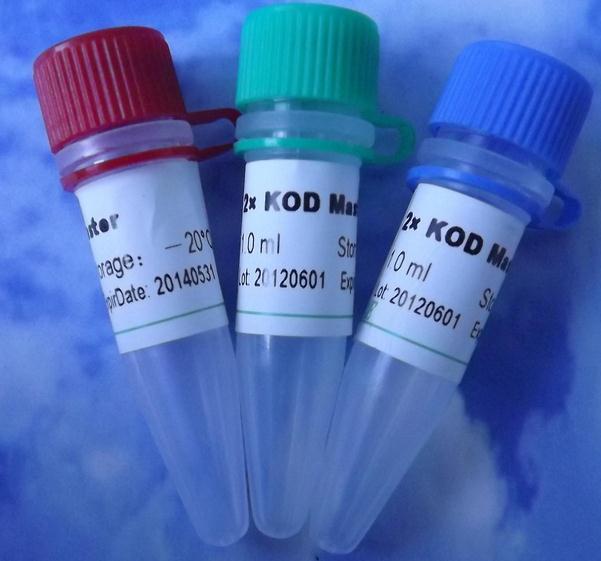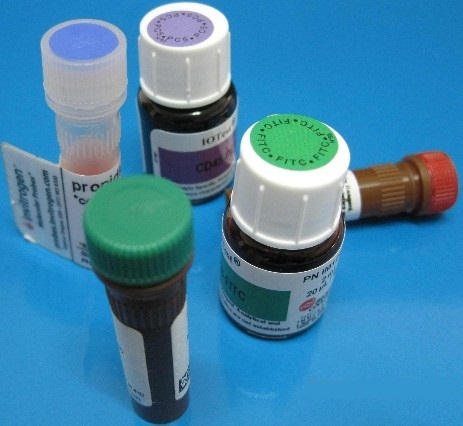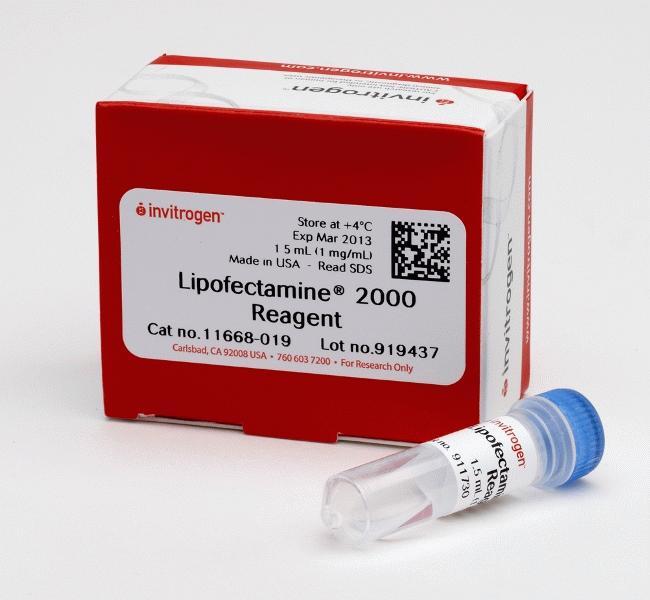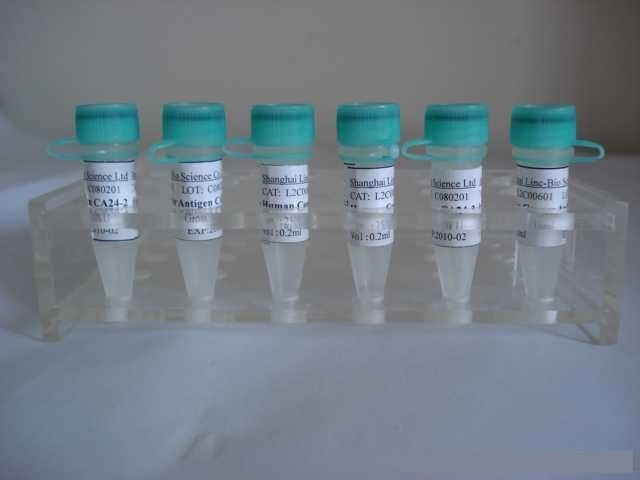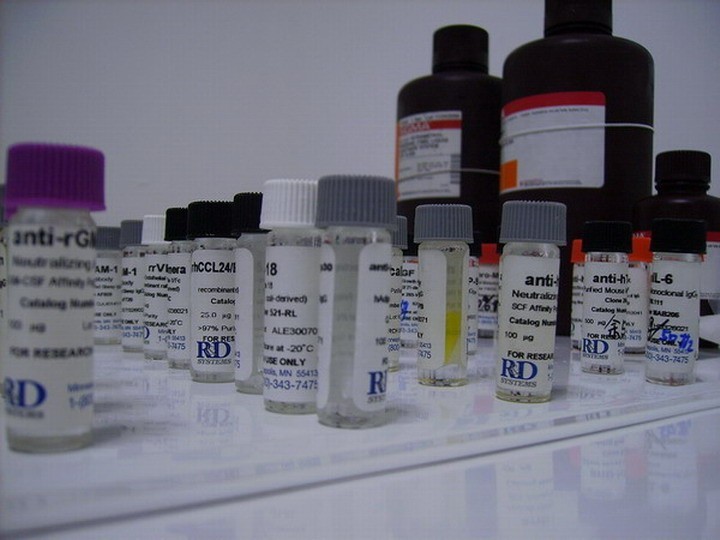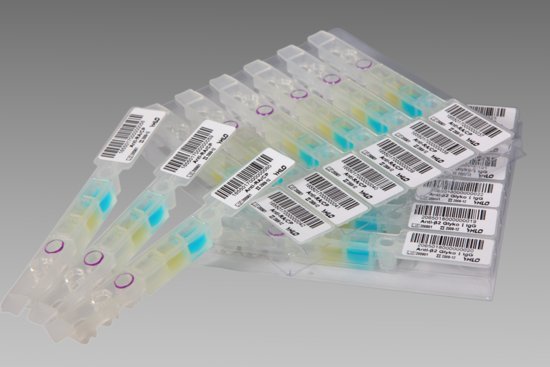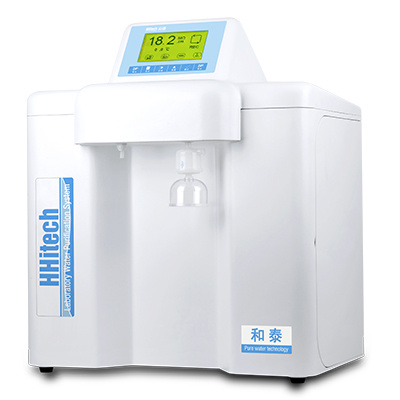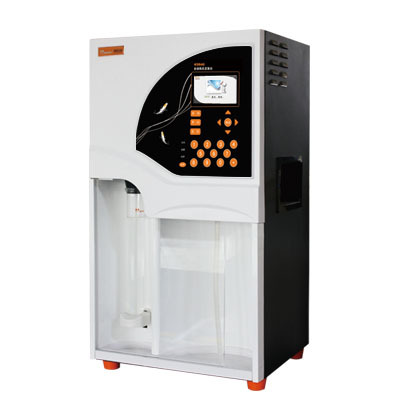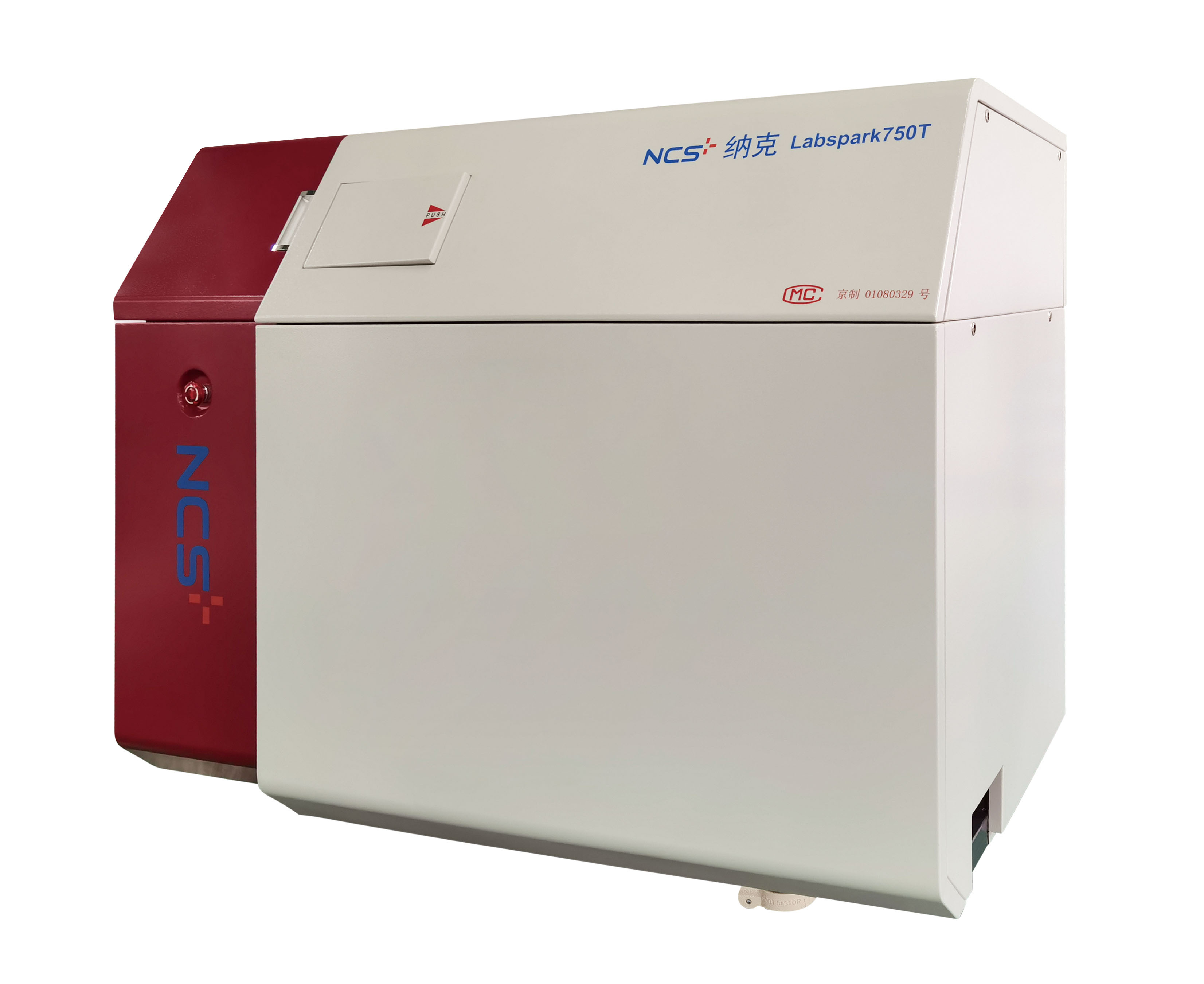浓 度 1mg/1ml
规 格 0.2ml/200μg
抗体来源 Rabbit
克隆类型 polyclonal
交叉反应 Human, Mouse
产品类型 一抗
研究领域 细胞生物 染色质和核信号 信号转导 表观遗传学
蛋白分子量 predicted molecular weight: 156kDa
性 状 Lyophilized or Liquid
免 疫 原 KLH conjugated synthetic peptide derived from human DRIP130/CRSP130
亚 型 IgG
纯化方法 affinity purified by Protein A
储 存 液 Preservative: 15mM Sodium Azide, Constituents: 1% BSA, 0.01M PBS, pH 7.4
产品应用 WB=1:100-500 ELISA=1:500-1000 IHC-P=1:100-500 IHC-F=1:100-500 ICC=1:100-500 IF=1:100-500
(石蜡切片需做抗原修复)
not yet tested in other applications.
optimal dilutions/concentrations should be determined by the end user.
保存条件 Store at -20 °C for one year. Avoid repeated freeze/thaw cycles. The lyophilized antibody is stable at room temperature for at least one month and for greater than a year when kept at -20°C. When reconstituted in sterile pH 7.4 0.01M PBS or diluent of antibody the antibody is stable for at least two weeks at 2-4 °C.
Important Note This product as supplied is intended for research use only, not for use in human, therapeutic or diagnostic applications.
转录共激活因子130抗体产品介绍 In mammalian cells, transcription is regulated in part by high molecular weight coactivating complexes that mediate signals between transcriptional activators and RNA polymerase (1). These complexes include CRSP (for cofactor required for Sp1 activation), which is required, in conjunction with TAFIIs, for transcriptional activation by Sp1 (2). CRSP is ubiquitously expressed in various tissues and functions as a multimeric complex that consists of nine distinct subunits (3). Several members of the CRSP family share sequence similarity with multiple components of the yeast transcriptional mediator proteins, including CRSP150, which is related to yeast Rgr1, and CRSP70, which is similar to the elongation factor TFIIS (4). CRSP77 and CRSP150 are also related to proteins within the putative murine mediator complex, while CRSP130 and CRSP34 are largely unrelated to either murine or yeast proteins (2,5). CRSP subunits also associate with larger multimeric coactivaor complexes, including ARC/DRI, which binds directly to SREBP and nuclear hormone receptors to facilitate transcription, and with NAT, a polymerase II-interacting complex that represses activated transcription (6,7).
Function : Required for transcriptional activation subsequent to the assembly of the preinitiation complex (By similarity). Component of the Mediator complex, a coactivator involved in the regulated transcription of nearly all RNA polymerase II-dependent genes. Mediator functions as a bridge to convey information from gene-specific regulatory proteins to the basal RNA polymerase II transcription machinery. Mediator is recruited to promoters by direct interactions with regulatory proteins and serves as a scaffold for the assembly of a functional preinitiation complex with RNA polymerase II and the general transcription factors. Required for transcriptional activation by adenovirus E1A protein. Required for ELK1-dependent transcriptional activation in response to activated Ras signaling.
Subunit : Interacts with ELK1 (By similarity). Component of the Mediator complex, which is composed of MED1, MED4, MED6, MED7, MED8, MED9, MED10, MED11, MED12, MED13, MED13L, MED14, MED15, MED16, MED17, MED18, MED19, MED20, MED21, MED22, MED23, MED24, MED25, MED26, MED27, MED29, MED30, MED31, CCNC, CDK8 and CDC2L6/CDK11. The MED12, MED13, CCNC and CDK8 subunits form a distinct module termed the CDK8 module. Mediator containing the CDK8 module is less active than Mediator lacking this module in supporting transcriptional activation. Individual preparations of the Mediator complex lacking one or more distinct subunits have been variously termed ARC, CRSP, DRIP, PC2, SMCC and TRAP. Interacts with CEBPB, CTNNB1, and GLI3. Interacts with the adenovirus E1A protein.
Subcellular Location : Nucleus.
DISEASE : Defects in MED23 are the cause of mental retardation autosomal recessive type 18 (MRT18) [MIM:614249]. Mental retardation is characterized by significantly below average general intellectual functioning associated with impairments in adaptative behavior and manifested during the developmental period.
Similarity : Belongs to the Mediator complex subunit 23 family.
Database links : UniProtKB/Swiss-Prot: Q9ULK4.2
![]()




